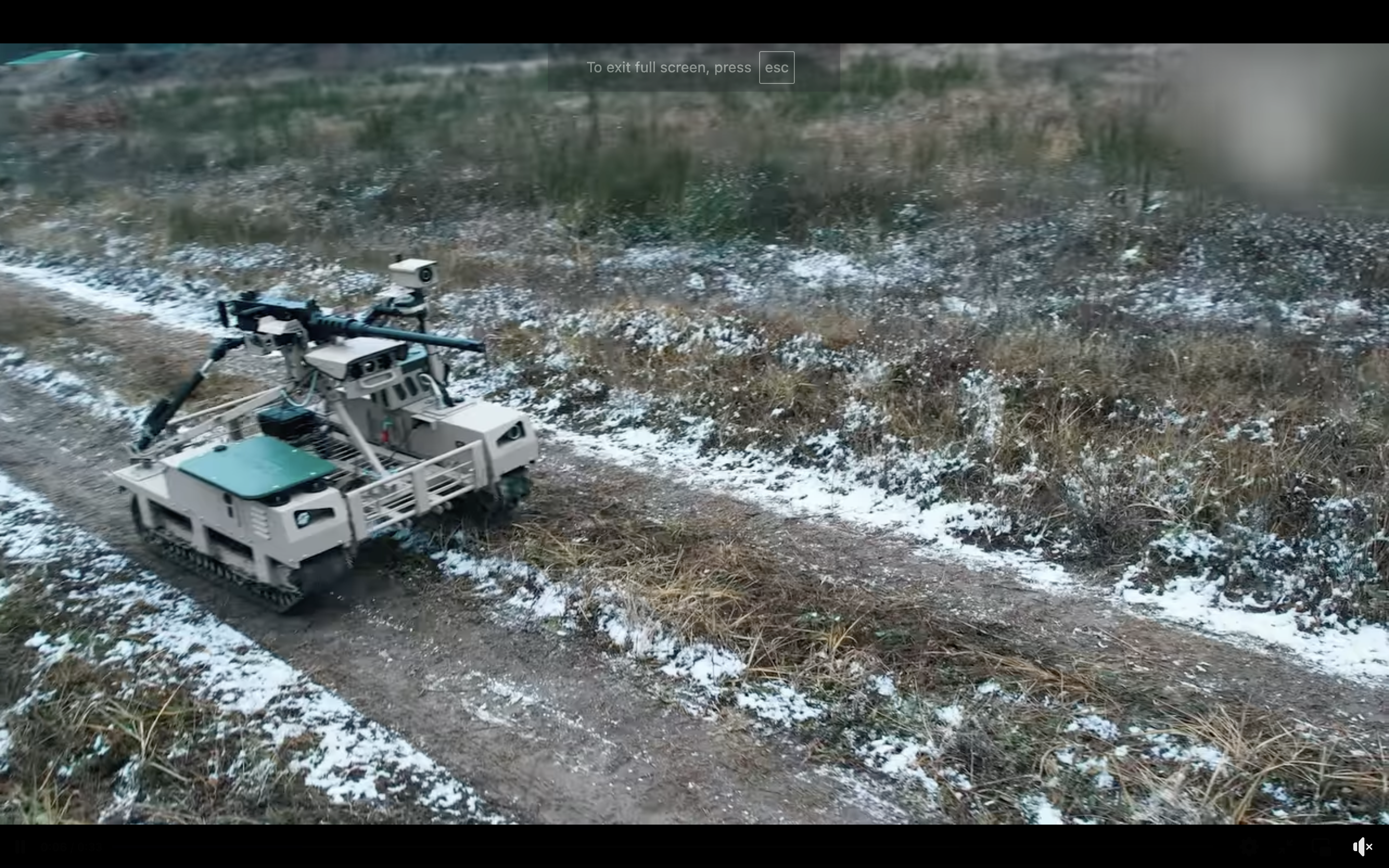A study by Polish scientists has concluded that the Ukrainian MAGURA V5 drone destroyed the highest number of Russian ships among naval drones in the Russo-Ukrainian War.
The Polish scientific journal “Political Science and Security Studies Journal” published the study on the most effective naval drones used in the war.
JOIN US ON TELEGRAM
Follow our coverage of the war on the @Kyivpost_official.
Scientists analyzed the impact of unmanned maritime drones in the Black Sea region, focusing on the most effective ones.
The study included both Ukrainian and Russian drones, such as Mykola, MAGURA V5, Mamay, Sea Baby, Toloka TLK-150, and Marichka – all Ukrainian, as well as the Russian drone Oduvanchik (Dandelion).
It found that Ukrainian naval drones hit 22 Russian warships, destroying eight. The MAGURA V5 drone alone hit 14 ships of those, sinking eight of them.
The MAGURA V5 (Maritime Autonomous Guard Unmanned Robotic Apparatus) is a Ukrainian unmanned surface drone used for reconnaissance and destruction of enemy targets. This drone is known to be used by the Main Intelligence Directorate (HUR) of the Ministry of Defense, particularly by the special unit “Group13.”
The MAGURA V5 is capable of a variety of maritime operations, including surveillance, reconnaissance, patrol, and combat missions.

Trump FBI Nominee Calls for Probe into How US Aid Was Spent in Ukraine
The unmanned surface vehicle (USV) is 5.5 meters long, and 1.5 meters wide, has a cruising speed of 40.7 kilometers per hour, a maximum speed of 77.8 kilometers per hour, and a range of about 833 kilometers. Thanks to its hydrodynamic hull and maneuverability, the V5 demonstrates stealth-like capabilities.
“MAGURA became the first unmanned vehicle in the world to completely destroy enemy ships, demonstrating high efficiency by hitting and destroying the largest number of enemy vessels,” the study found.
According to unofficial data, the total damage to the Russian fleet from MAGURA attacks exceeds $500 million.
Confirmed and officially recognized hits by Ukrainian military intelligence include:
- Ivan Hurs reconnaissance ship (damaged on May 24, 2023)
- Sergei Kotov patrol ship (damaged twice, on July 24 and Sept. 13, 2023)
- D-144 Serna landing craft (sunk on Nov. 11, 2023, with BTR-82 armored personnel carrier on board)
- D-295 Akula landing craft (sunk on Nov. 11, 2023)
- Ivanovets missile boat (sunk on Feb. 1, 2024)
- Cesar Kunikov large landing ship (sunk on Feb. 14, 2024)
- Sergei Kotov patrol ship (sunk on March 5, 2024, together with the Ka-29 helicopter)
- Two RIF-75 special-purpose speed boats (destroyed on May 6, 2024).
During a large-scale attack on KS-701 Tunets boats on May 30, 2024, three such vessels were damaged by drones, and one was destroyed.
HUR stated that when selecting targets for the MAGURA, it considers any objects within an 800-kilometer (500-mile) radius. Ukrainian intelligence also confirmed that R-73 missiles, which have proven effective, were installed on these naval drones, depriving the Russians of dominance in the Black Sea.
Russians likely produce their only sea drone using Ukrainian engineering innovations
The Kingisepp Machine-Building Plant (KMZ) in Russian St. Petersburg, known for producing boats for Russian security forces and naval drones, has introduced a new strike drone named the BBKN “Oduvanchik.”
This drone, officially called the “high-speed unmanned boat carrier,” has gotten attention following an order from the Russian Ministry of Defense for ten units to be tested in the combat zone against Ukraine.
The Oduvanchik has a top speed of 80 kph (50 mph) and a range of 200 kilometers (125 miles), with a payload capacity of 600 kilograms (1,320 pounds), likely including a warhead in its bow section. These specifications are similar to those of the RK-700 Visir.
Ukrainian intelligence has indicated that Russian designers studied the wreckage of Ukrainian kamikaze drones that attacked the Black Sea Fleet, suggesting that the Oduvanchik incorporates technology derived from Ukrainian engineering.
Photos show signs of reverse engineering, with the drone's external appearance resembling that of Ukrainian models.
One key question remains: how will the drone be controlled without satellite communication, as it lacks the necessary antennas? It is likely to use an inertial navigation system with GPS signal correction, similar to that used in Shahed-136 drones, or it might rely on communication relay drones, according to the study.
You can also highlight the text and press Ctrl + Enter








